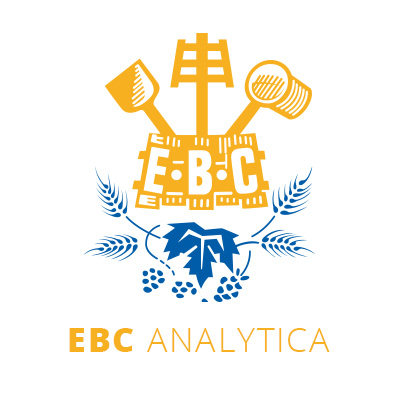- 25/10/2018
- 3125
- |
- Microbiological Techniques
- |
- 2011
2.5.2 - Bacteria Ribotyping
In trouble shooting and tracing of contamination routes, identification below the species level is often useful. Ribotyping is a DNA fingerprinting technique enabling the discrimination of bacterial strains within the same species from each other. Species identification can be achieved at the same time, if a relevant ribopattern identification database is available. Descriptors: Bacteria Ribotyping, restriction fragment length polymorphism analysis, restriction enzymes, fingerprints (ribopatterns).
It is necessary to use EBC Microbiology 2.3.3.3


